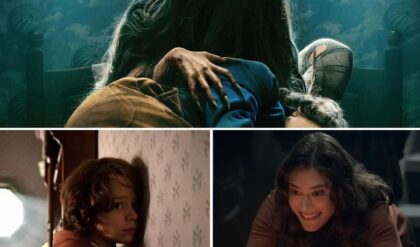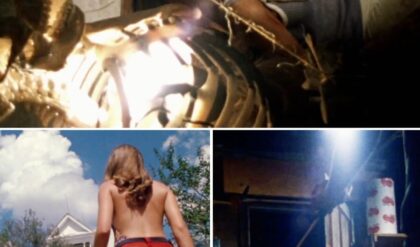
Many factors made Frodo a good Ring-bearer. Since he was a random hobbit from the Shire, he did not draw Sauron’s attention; even when he was captured near the end of the story, the Dark Lord assumed he was nothing more than a spy. Frodo was also too humble to be strongly influenced by the One Ring’s corrupting temptations. Most importantly, he was a genuinely good person who placed the needs of others above his own. He was willing to sacrifice everything to keep his homeland of the Shire and the rest of Middle-earth safe. But there is another overlooked factor that contributed to Frodo’s success. He and his fellow hobbits embodied the combined characteristics of Middle-earth’s other major races, namely Men, Dwarves, and Elves. Hobbits occupied a middle ground between the three, making characters like Frodo and Bilbo the perfect representatives for the Free Peoples of Middle-earth.
Hobbits Descended From the Race of Men
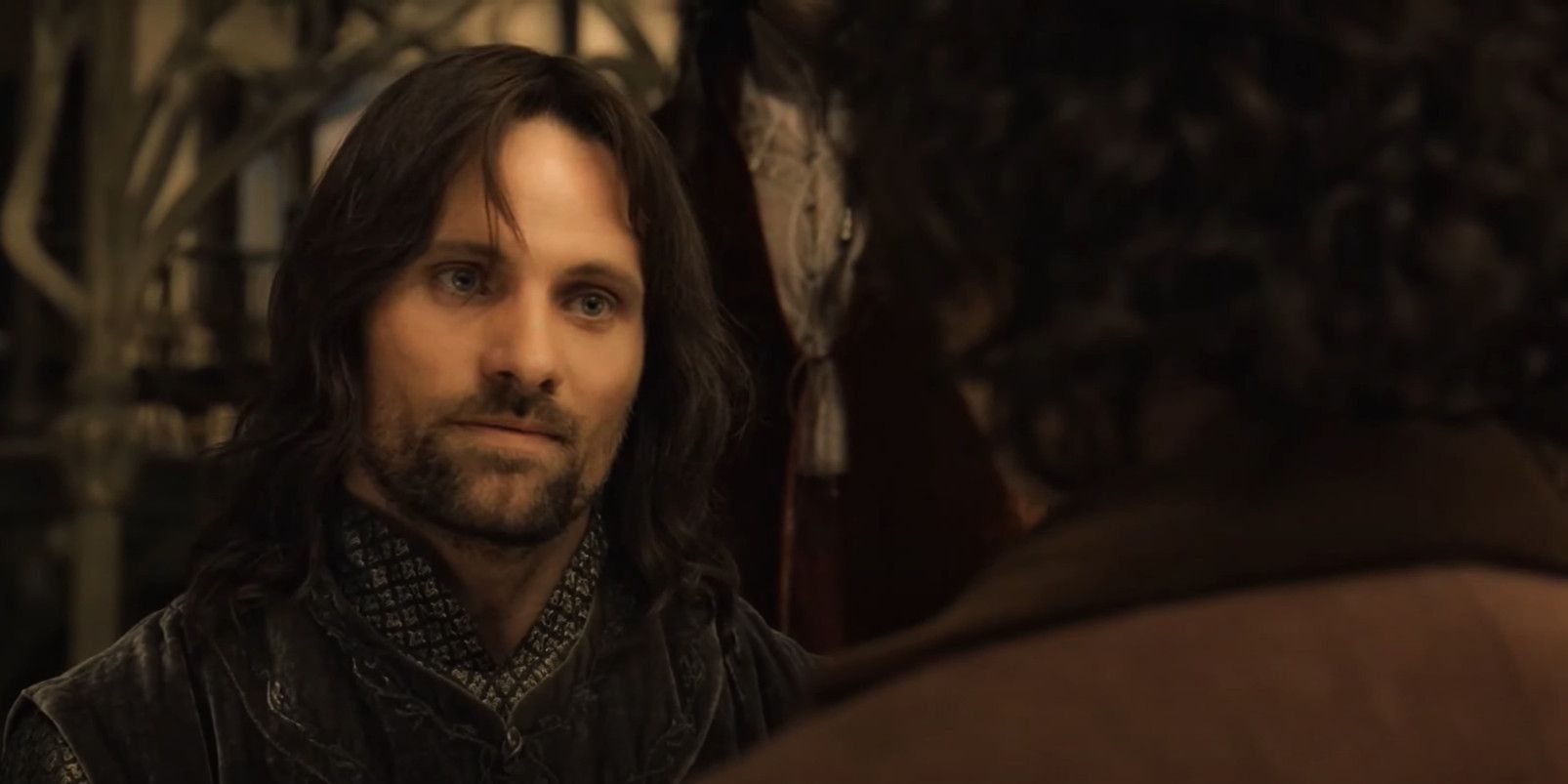
The similarities between hobbits and Men were most obvious since hobbits were canonically an offshoot from the race of Men. According to Tolkien’s The Peoples of Middle-earth, “Hobbits on the other hand were in nearly all respects normal Men, but of very short stature… With Men of normal stature, they recognized their close kinship, whereas Dwarves or Elves, whether friendly or hostile, were aliens.” The hobbits’ ancestors were simply Men who evolved to become smaller and stealthier, even if Tolkien did not put it in such scientific terms. This meant that hobbits, like Men, were mortals. Hobbit lifespans were longer than those of ordinary Men — usually about 100 years — but not nearly as long as Elves, Dwarves, or even Dúnedain. In the grand scheme of Middle-earth, hobbits were short-lived. They made up for this by having large families, which Dwarves and Elves typically did not. The cultures of hobbits and Men also had much in common. Hobbits did not speak a unique language, instead using a dialect of Westron. This was the Common Speech of the Westlands, and it was the main language of places like Gondor.
Though the inhabitants of the Shire tended to be wary of Men, hobbits coexisted with them in the neighboring land of Bree. In the chapter “At the Sign of the Prancing Pony” from The Fellowship of the Ring, Tolkien wrote, “The Big Folk and the Little Folk (as they called one another) were on friendly terms, minding their affairs in their ways, but both rightly regarding themselves as necessary parts of the Bree-folk. Nowhere else in the world was this peculiar (but excellent) arrangement to be found.” Frodo and Bilbo were meant to be relatable protagonists through whose eyes the readers could experience the less familiar aspects of Middle-earth. Therefore, Tolkien ensured that the hobbits never seemed too inhuman, and Peter Jackson maintained this quality in his film adaptations. Despite the fantasy setting, viewers could easily see themselves slotting into hobbit society.
Hobbits and Dwarves Got Along Well
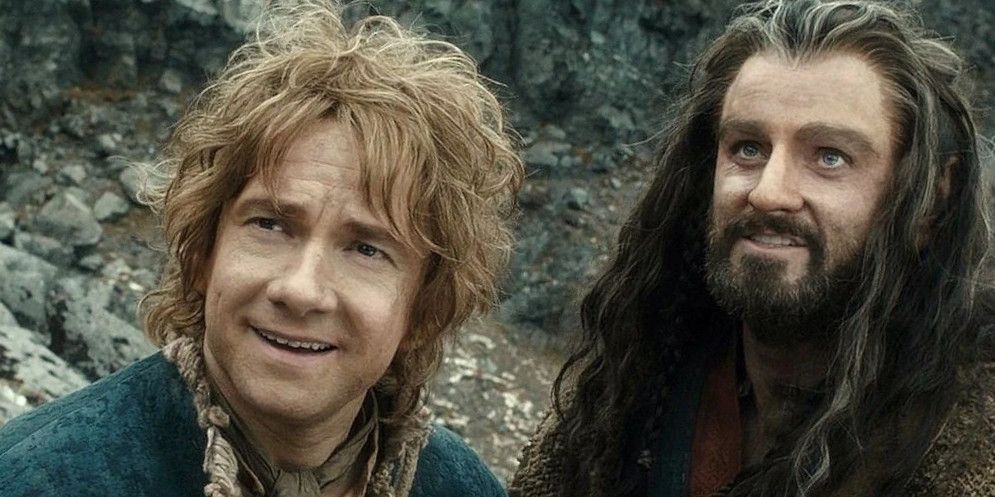
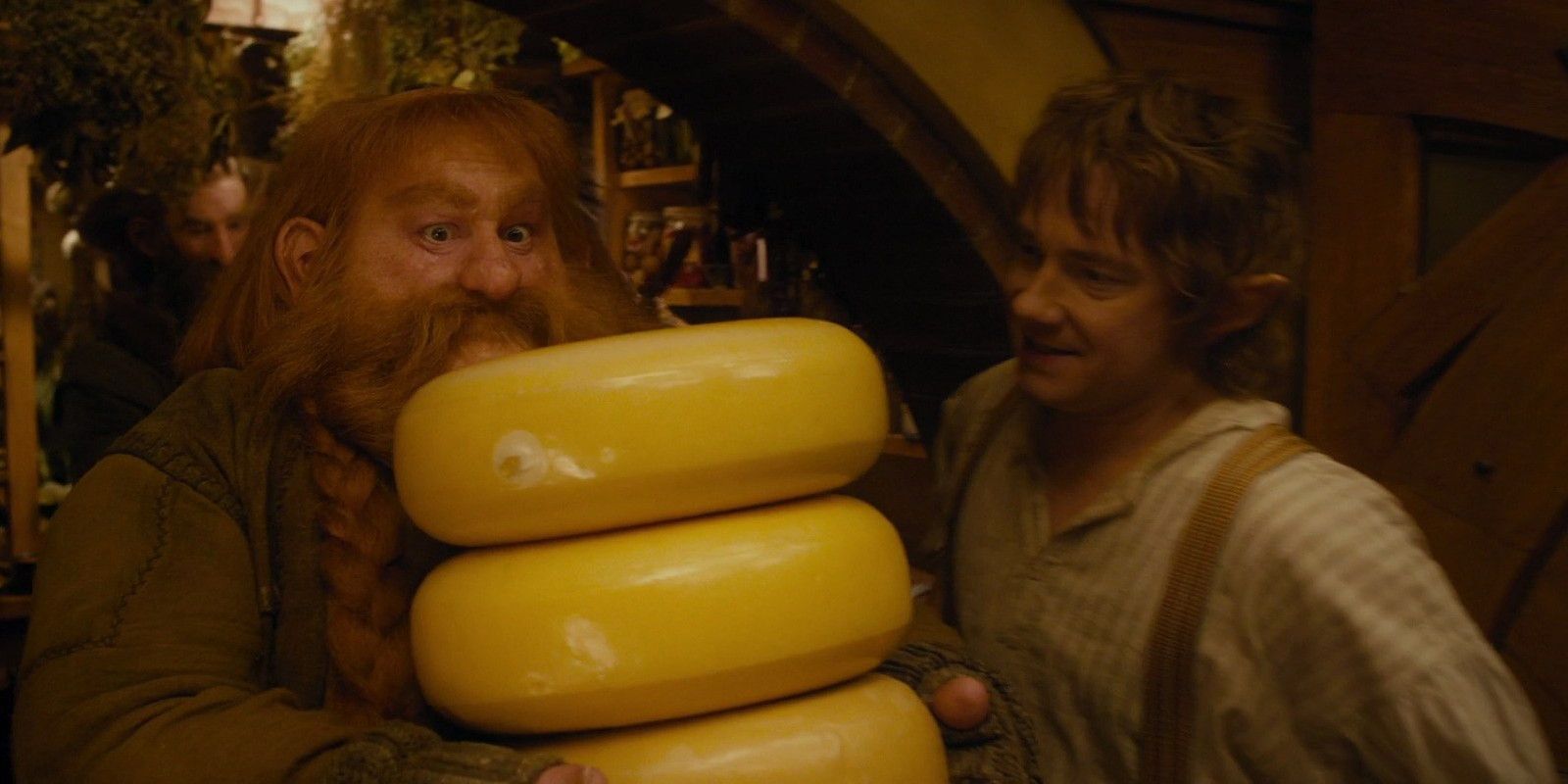
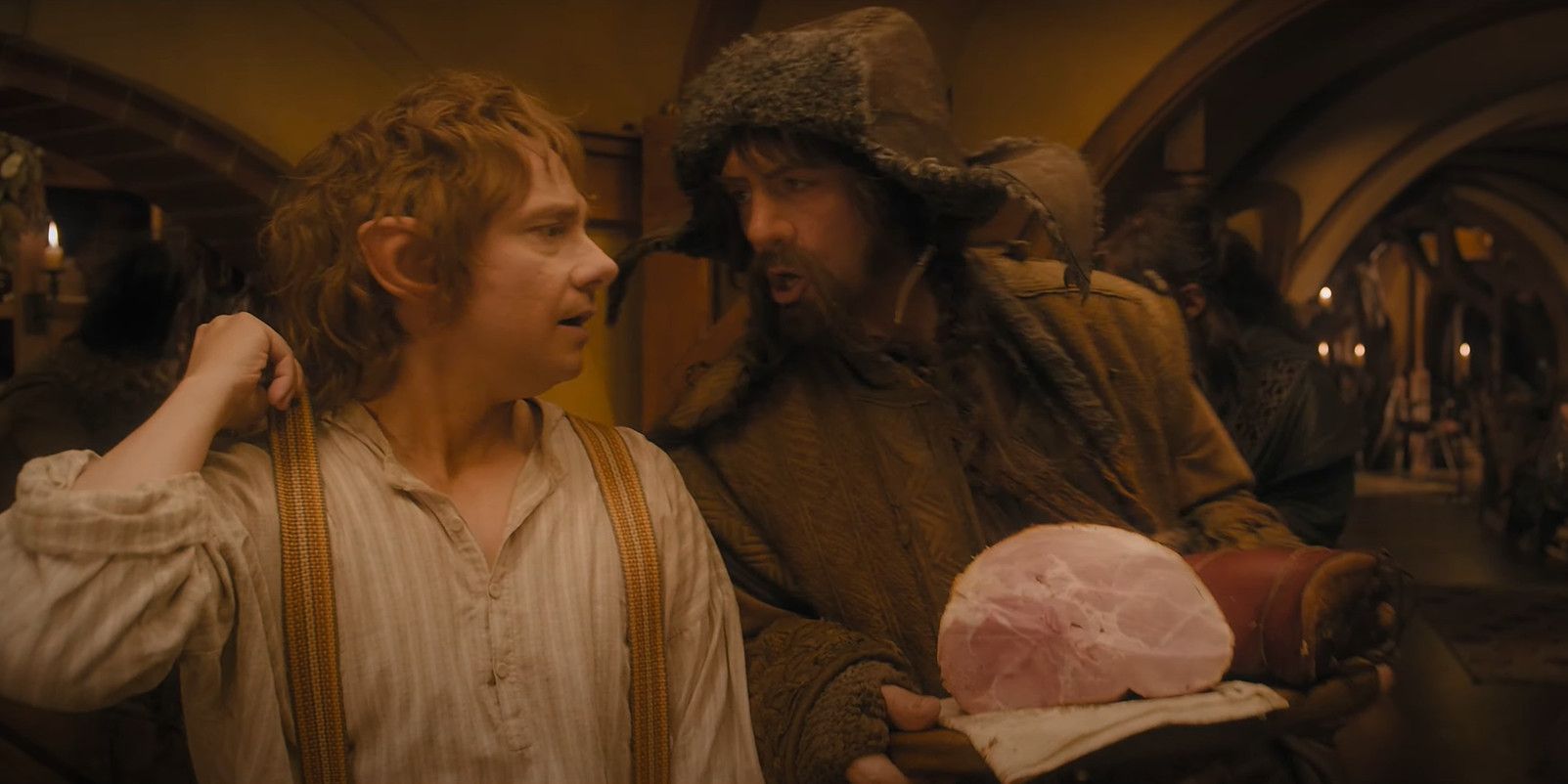
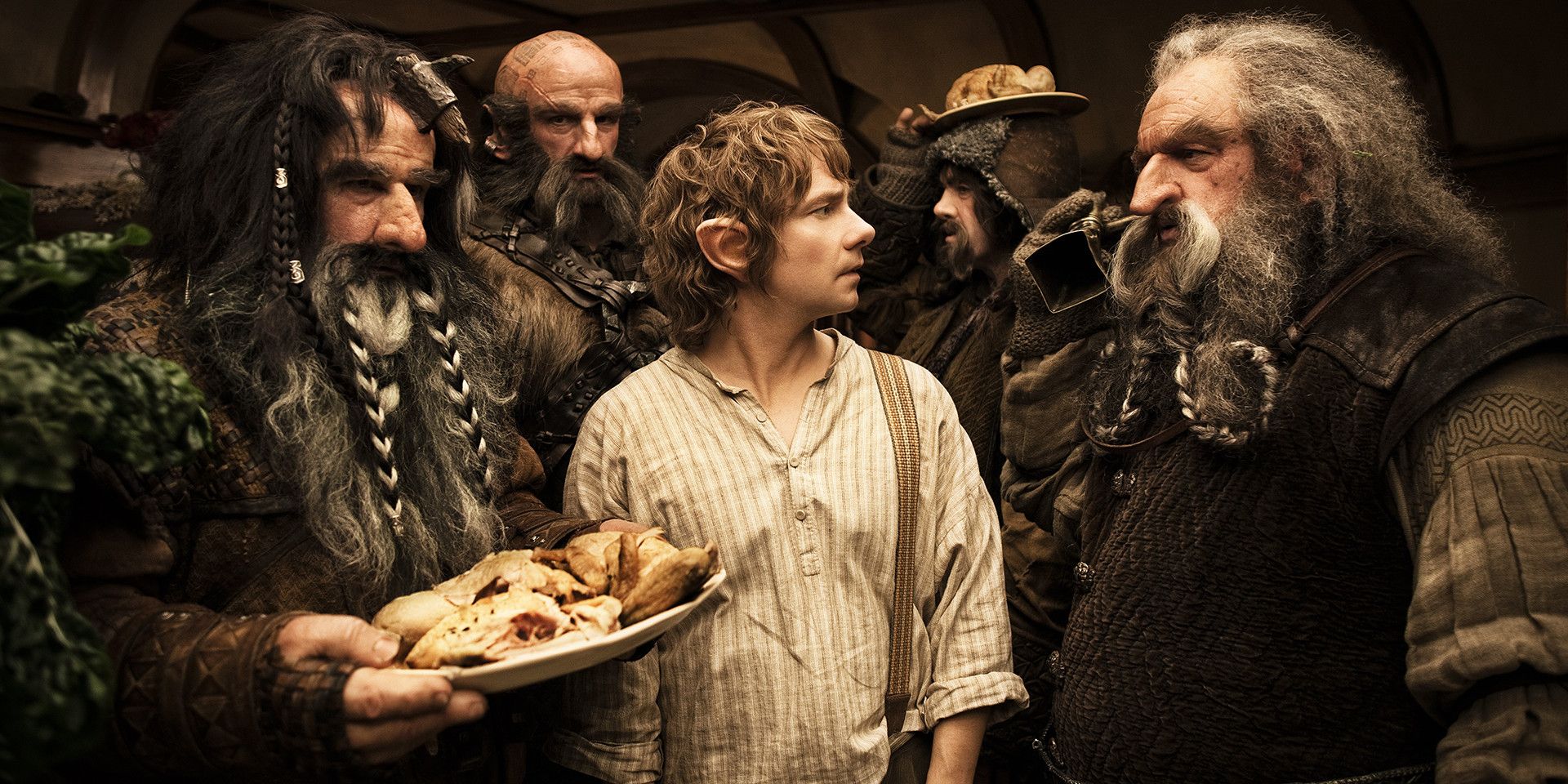






Hobbits were physically similar to Dwarves. Both had short and stocky builds — in fact, hobbits were even smaller than Dwarves, typically standing about a foot shorter. Like Dwarves, most hobbits lived underground, although their homes were not nearly as deep within the earth. While Dwarves liked to construct massive tunnels within and under the mountains of Middle-earth, hobbits simply built their hobbit holes into the sides of hills. Hobbits and Dwarves were somewhat alike in personality as well. Though the majority of hobbits lacked the temper and standoffishness of Dwarves, they shared curious, crafty mindsets. The two races also shared a love of food. Dwarves did not eat as many daily meals as hobbits, but they had massive appetites. Bilbo learned this the hard way when the members of Thorin’s Company helped themselves to an impromptu dinner party in Bag End at the start of The Hobbit.
The greatest and most important similarity between hobbits and Dwarves was their resilience. Hobbits did not seem like much compared to Dwarves, and indeed, they were not as physically strong. But The Hobbit and especially The Lord of the Rings proved that hobbits could endure just about anything. Frodo and Bilbo walked vast distances and endured great pain throughout their adventures, and they proved more resistant to the effects of the One Ring than Men or Elves. Likewise, Dwarves were naturally resistant to evil. Sauron’s plan to dominate the Dwarf-lords’ minds with the Rings of Power failed because they were simply too stubborn to be overcome by his dark magic. The Dwarven Rings of Power enhanced their wearers’ greed but did not bring them under Sauron’s influence.
Hobbits and Elves Were Magical Beings

Races Present at the Council of Elrond
Named Representatives
Men
Aragorn, Boromir
Dwarves
Glóin, Gimli
Elves
Elrond, Glorfindel, Erestor, Legolas, Galdor
Hobbits
Frodo, Bilbo
Maiar
Gandalf
Hobbits also bore some superficial similarities to Elves. In the films, they both had pointed ears, and the same was likely true in the novel, though the nature of Elven ears in Tolkien’s writing is up for debate. Hobbits and Elves also tended to lack facial hair, which set them apart from Men and especially Dwarves. In many ways, hobbits looked like miniature Elves. According to The Hobbit, there were even rumors in the Shire that the Took family possessed some Elven ancestry. Bilbo dismissed this as nonsense, but the rumor would not have picked up traction unless hobbits were similar enough to Elves to make such a thing plausible. Even the hobbits’ weapons of choice were similar to those of Elves. On the rare occasions that hobbits fought, they preferred ranged combat, employing bows and slingshots. In the novel, it was hobbit archers rather than Legolas who killed Gríma Wormtongue.
Further, hobbits were inherently magical like Elves, albeit more subtly so. In the chapter “An Unexpected Party” from The Hobbit, Tolkien wrote that hobbits possessed “the ordinary everyday sort [of magic] which helps them to disappear quietly and quickly when large stupid folk like you and me come blundering along.” Hobbits were supernaturally elusive and light on their feet, although they could not walk on the surface of snow like Elves. These traits were the reason Bilbo served as such a good burglar in The Hobbit despite his total lack of experience. Hobbits and Elves also shared an affinity for nature, though Elves preferred wild, untamed nature such as ancient forests, while hobbits preferred the well-tended nature of their gardens and farms.
The Council of Elrond scene from Jackson’s The Lord of the Rings: The Fellowship of the Ring showcased the conflict between Middle-earth’s various races. None of them trusted each other with the fate of the One Ring. Elves and Dwarves had a long-standing rivalry, and neither of them put faith in Men since Isildur had failed to destroy the Ring when he had a chance after the War of the Last Alliance. But the gathered representatives held no grudges against hobbits, so Frodo and Bilbo could serve as mediators between them. When Frodo offered to take the Ring to Mordor, no one spoke out against him. Though most did not know Frodo personally, they intuited that he was a good choice for the Ring-bearer, and maybe that is because they saw some of themselves in him. The Men saw someone simple and reliable who was not above the needs of ordinary people. The Dwarves saw someone stubborn and resilient who would not give up when trouble arose. The Elves saw someone subtle and wise who knew how to evade the forces of Sauron. Hobbits’ unique combination of traits made them the perfect heroes for The Hobbit and The Lord of the Rings.

